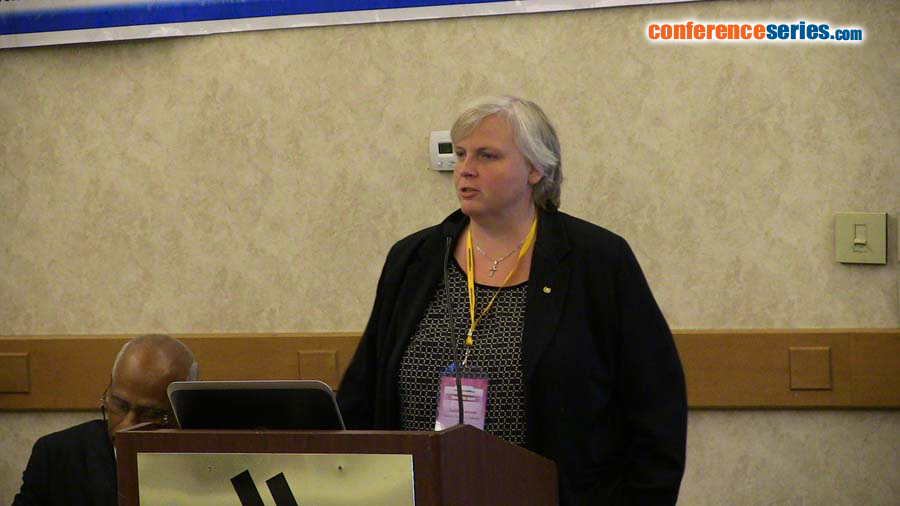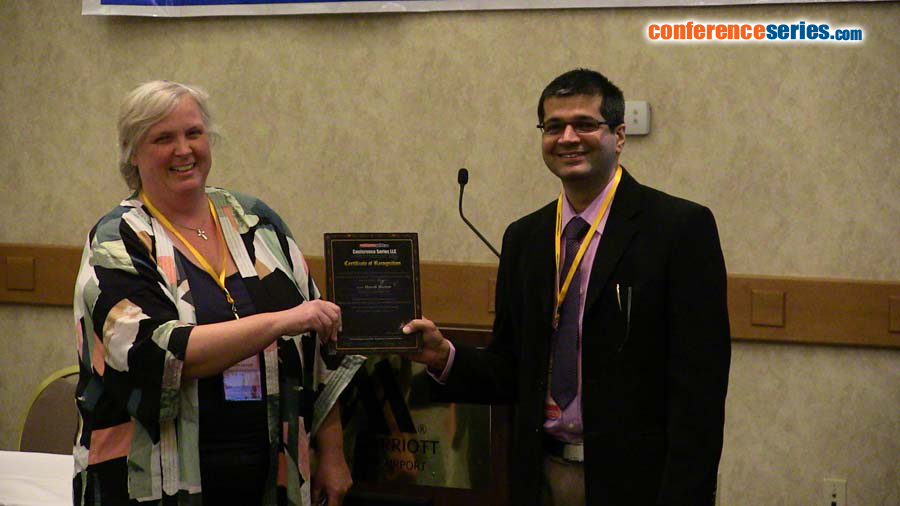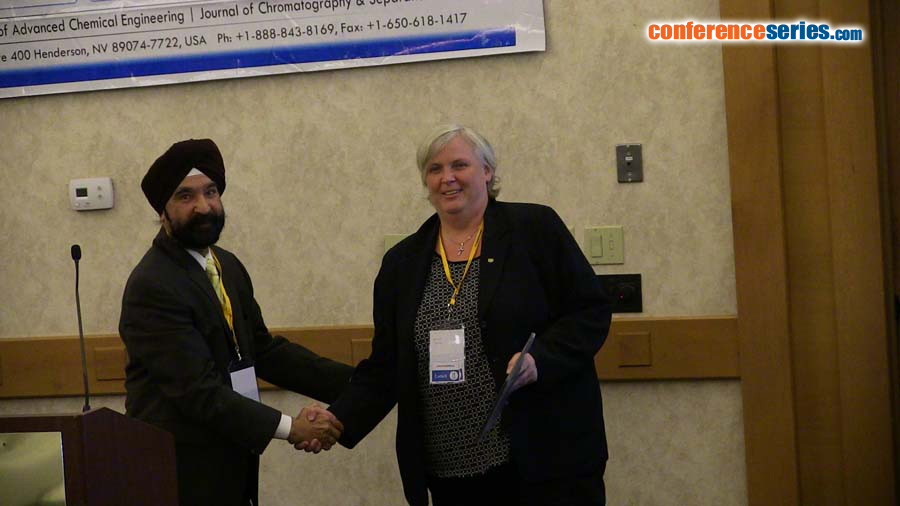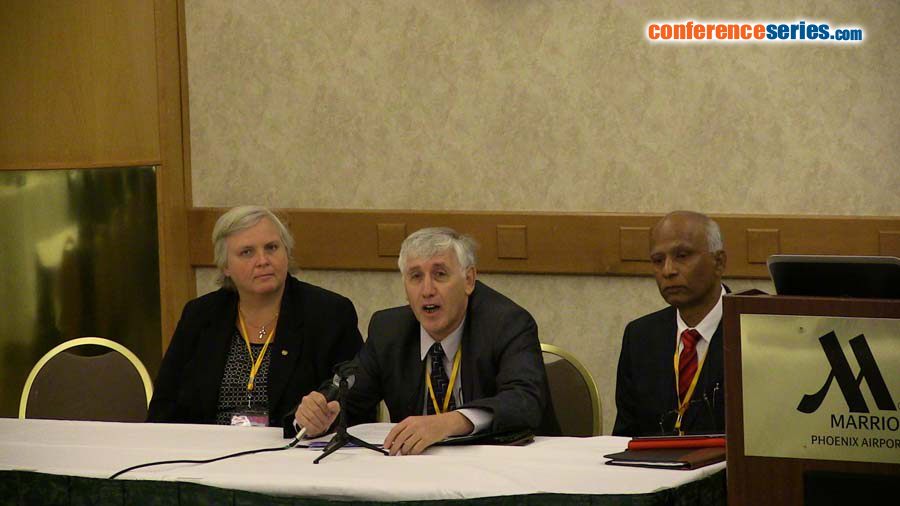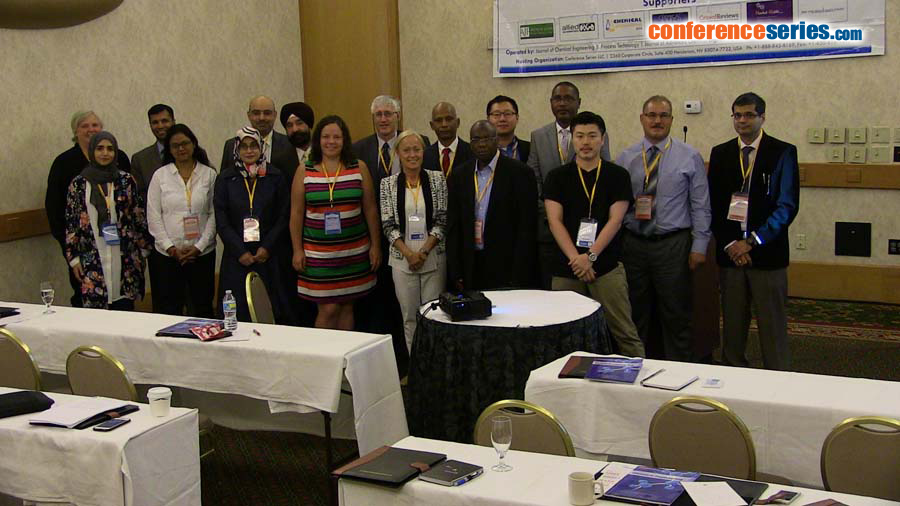
Anette Larsson
Chalmers University of Technology, Sweden
Title: Impact of biopolymer’s chemical heterogeneity on drug release from matrix formulations – an experimental study combined with simulations of the drug release
Biography
Biography: Anette Larsson
Abstract
A common way to control the release of drugs is to mix the drug with hydrophilic polymers and compact the mixture to tablets. The water ingresses in the hydrophilic matrix tablets leads to a slow gradual dissolution of the polymer and the dry polymer in the core of the tablet protects the active substance from being dissolved and released. A preferred biopolymer for such formulations is hydroxypropyl methyl cellulose, HPMC, which is available in many pharmaceutical approved grades. The HPMC´s molecular weight (SEC/RI/MALLS), degree of substitution (NMR) and substitution pattern (enzymatic degradation) along the cellulose backbone were characterized and by combining these data with release experiments, magnetic resonance imaging of HPMC tablets and computer simulations, we were able to show that the interactions between HPMC and water depend strongly on HPMC´s substitution pattern and this gave that: 1) the drug and polymer release rates were different with 20 and 100 h to completely eroded tablets for homogeneous and heterogeneous HPMC batches, respectively; 2) the formulations with the heterogeneous HPMC batch swelled almost a factor of two more compared to formulation of the more homogenous HPMC batch; and 3) the distribution of water in the swollen matrix tablets was more flat for water concentration of 60 w/w% water and above for the heterogeneous batch than for the homogenous batch. Based on this one can conclude that the substitution pattern for biopolymers like HPMC, as well as the molecular weight and degree of substitution, have large influences on the functionality of the polymers.


